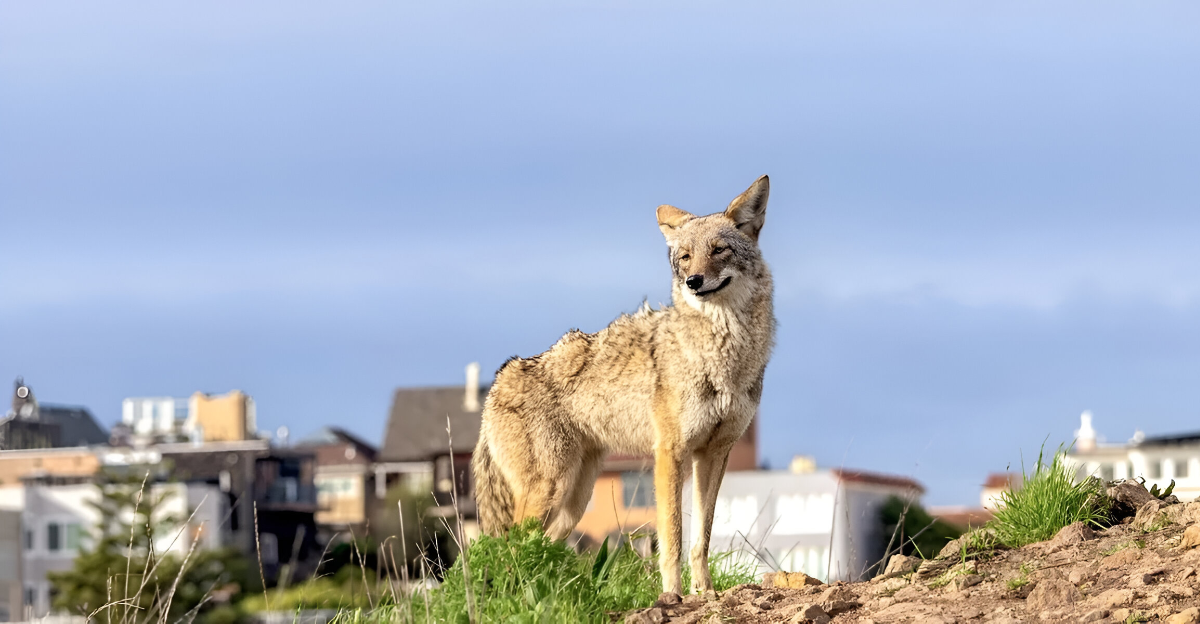
Coyotes have become one of North America’s most adaptable and widely spread predators, thriving in nearly every environment, from remote wilderness to bustling city suburbs. They were once only native to western plains and deserts, but due to all the changes around them, they have learned to adapt and make the best of their situation.
They can now be found in 49 states across the U.S., where they flourish in the face of urbanization, hunting, and habitat changes. Some states have booming populations where these little critters can live their lives to the fullest.
9. Wyoming
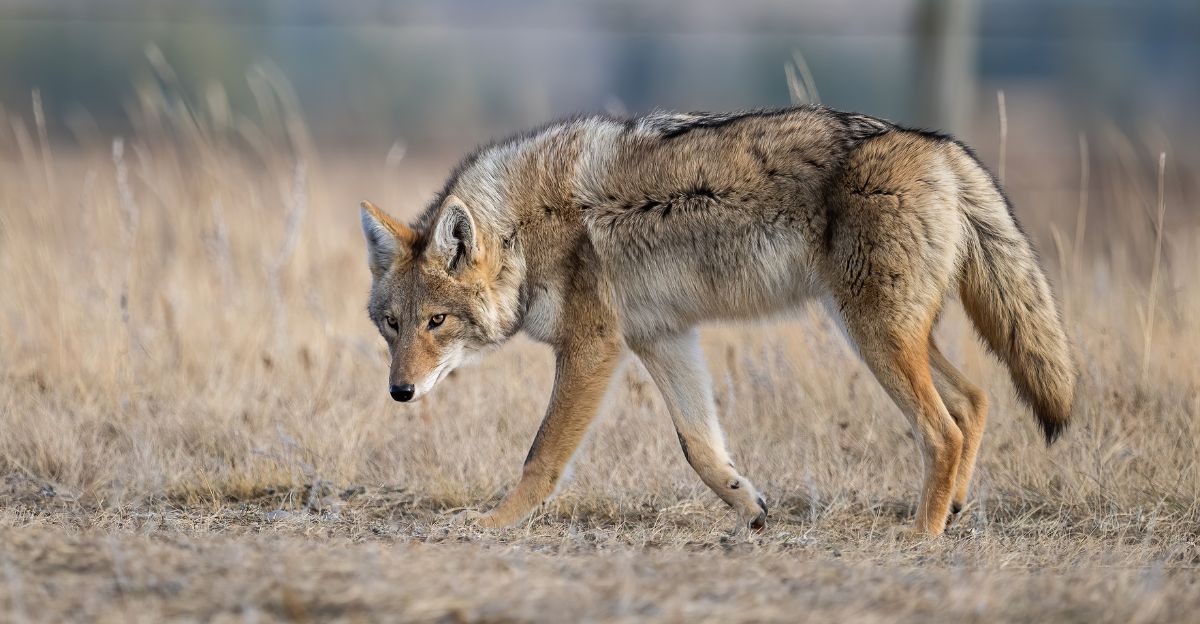
With around 86,000 coyotes running around in this state, Wyoming is ranked as one of the states with the biggest population in the U.S., but they were kicking off this list ranked from lowest to highest. These sneaky critters typically weigh about 30 pounds, have gray fur with pointed ears, and are commonly seen across the state’s varied landscapes.
Coyote populations affect the state as they often target livestock and wildlife in the area. Control efforts are usually needed to keep these populations under control, but they don’t always work as planned.
8. Georgia

Georgia has seen a significant increase in coyote populations over the past year, with around 90,000 critters currently roaming the state. Their spread has led to increased encounters with people and concerns over their impact on native wildlife, particularly white-tailed deer fawns.
Georgia has implemented liberal hunting regulations, allowing year-round coyote hunting on private land without bag limits to control numbers and mitigate conflicts. Despite these control efforts, coyotes still have a high presence in the state, proving just how adaptable they truly are.
7. Pennsylvania
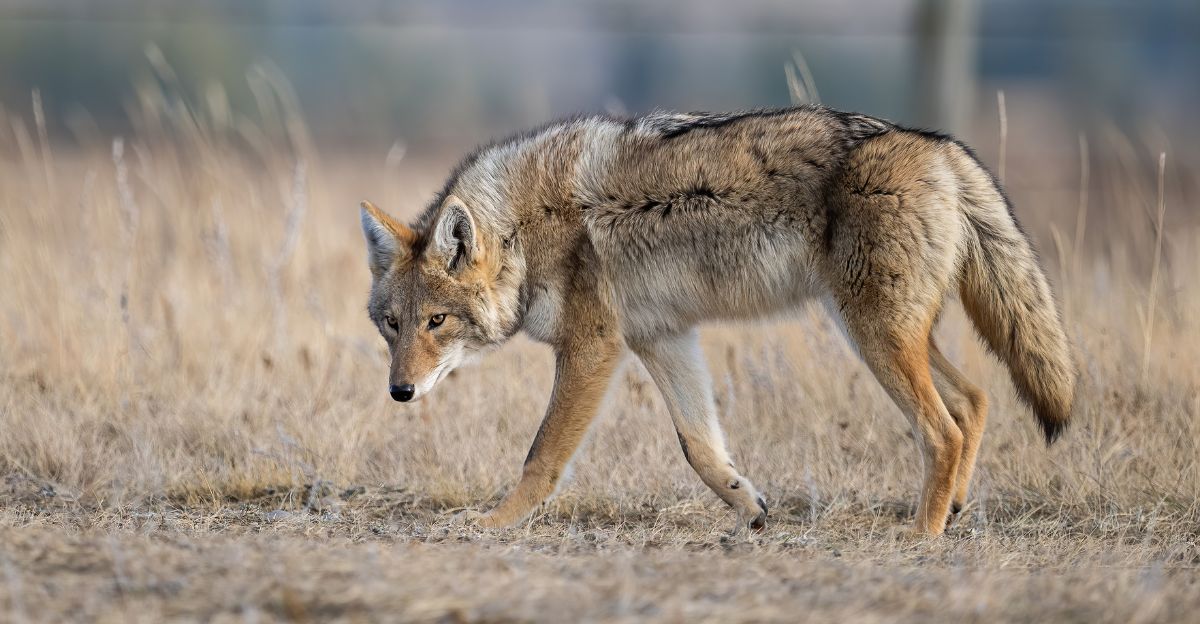
Coyotes are usually more common in the northern regions of this state, and currently, the population is estimated to be 100,000. The eastern coyote is much larger than some other species found in the U.S. Despite aggressive hunting and trapping efforts, coyote numbers have continued to grow or remain stable.
These sneaky predators are opportunistic feeders, relying heavily on abundant deer populations and preying on smaller mammals, livestock, and pets. The state permits year-round hunting with no bag limits, showing the urgency of trying to control these population numbers.
6. Arkansas

The growing population in Arkansas is estimated to be over 106,360 and is rapidly growing each year. Coyotes are native to Arkansas and inhabit every county, thriving in diverse environments from forest edges and open farmland to suburban neighborhoods. This state’s coyotes usually weigh around 25 to 35 pounds and sport reddish-gray fur.
Arkansas coyotes are highly intelligent and opportunistic, often venturing into urban areas for food and water. The state allows year-round hunting on private lands. It has expanded coyote hunting seasons to help manage their numbers and reduce predation on game birds like quail and turkey, whose populations have declined in recent years. Despite trying to get populations under control, coyotes have thrived in every way and keep adapting to their environments.
5. New Mexico

This state has an estimated population of 125,000, making coyotes a common sighting as you move through it. They can be found in roaming deserts, open grasslands, and rugged mountains, where these ideal habitats allow them to thrive in remote wilderness and areas near human settlements.
The state allows year-round hunting regulations to try to reduce the population while sustaining the delicate balance in nature. Coyotes might be a problem for ranchers over livestock losses, but they also play an important role in pest control.
4. Kansas
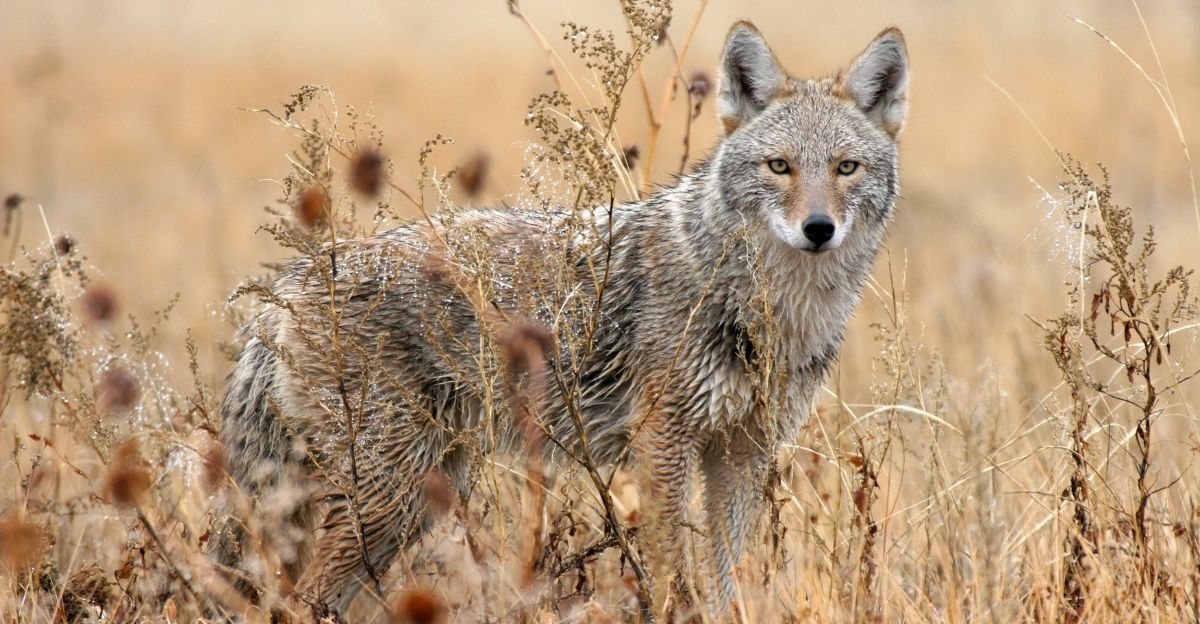
This state has one of the highest densities of coyotes in the Great Plains, with around 150,000 coyotes roaming the state. These adaptable predators inhabit every county in the state and are especially abundant in the eastern two-thirds, thriving in Kansas’s mix of open prairies, farmland, and wooded areas.
Their overwhelming presence in the state has given them the title of the most dominant predator in the state. Coyotes are quite the pest for farmers as they are the most common predator of sheep and cattle, prompting year-round hunting regulations to help manage their impact. These sneaky predators are intelligent and adaptable, making it quite challenging to get their population under control.
3. Arizona

As Arizona’s most common predator, they are excellent scavengers and easily find food and shelter in remote and developed areas. This often leads to frequent encounters with residents and their pets. The Arizona Game & Fish Department permits year-round hunting of coyotes with no bag limits; this is a simple way to try and keep the population under control and limit the conflicts between coyotes and humans.
2. California
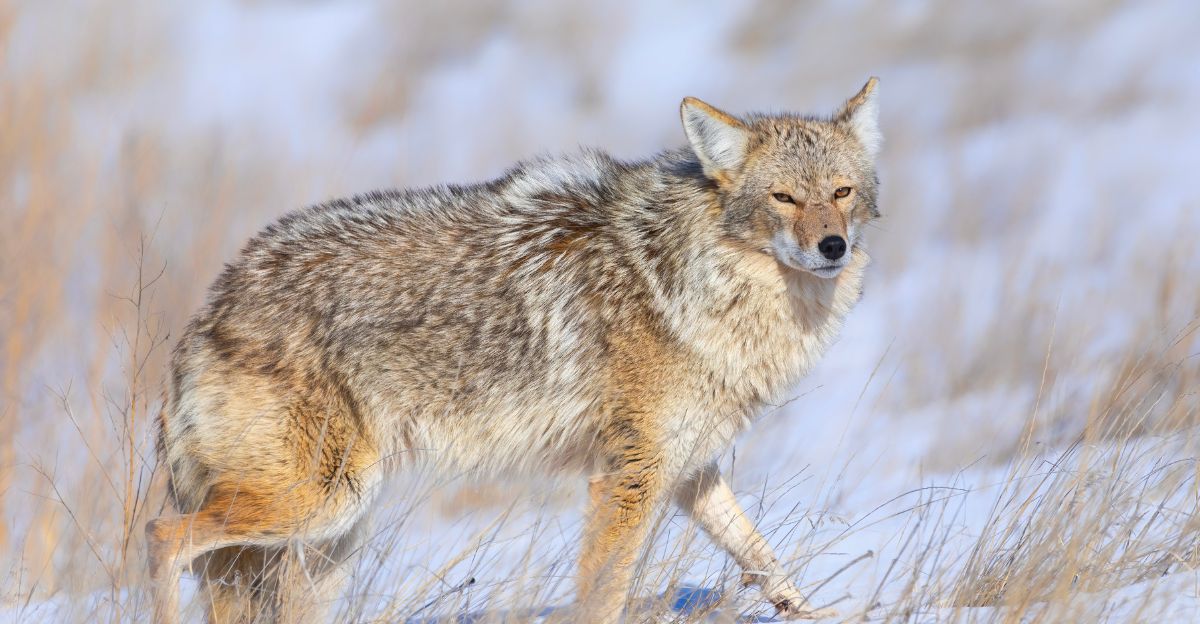
In second place, California, with an estimated coyote population of around 250,000, keeps the state on its toes. Coyotes are found throughout the state and thrive in almost any environment, even flourishing in most. Recent studies have shown that lethal management often leads to increased breeding and migration, making it difficult to reduce their numbers long-term.
Even with these challenges, the state encourages year-round coyote hunting to try and keep the population under control.
1. Texas
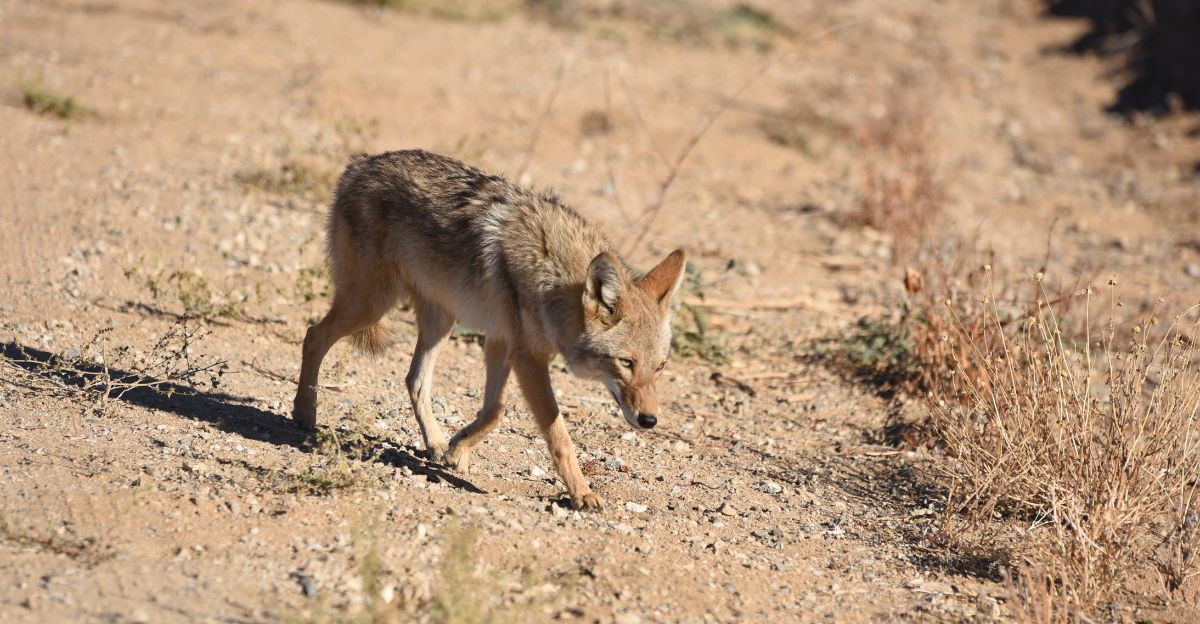
It’s pretty shocking to see the extreme increase in population compared to other states, as Texas has an estimated population of 859,510 coyotes roaming the state. With some of the most remarkable landscapes in the state, coyotes thrive in every county, adapting to rural, suburban, and even urban environments such as Dallas and Austin.
In South Texas, coyote densities are among the highest in North America. There, they have a variety of food sources, ranging from native fruits and insects to deer fawns and small mammals.
Explore more of our trending stories and hit Follow to keep them coming to your feed!

Don’t miss out on more stories like this! Hit the Follow button at the top of this article to stay updated with the latest news. Share your thoughts in the comments—we’d love to hear from you!







